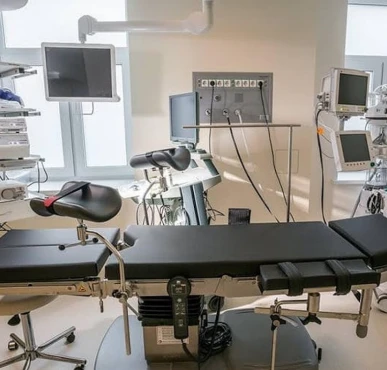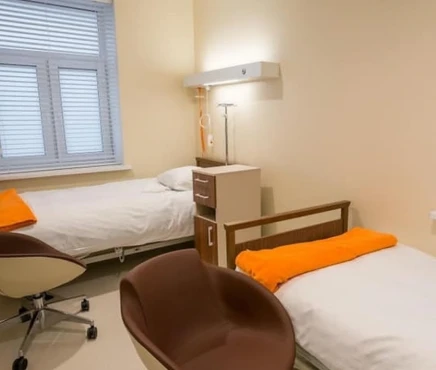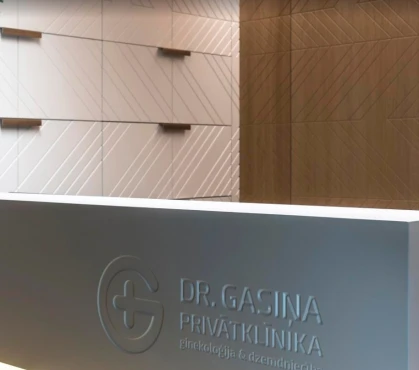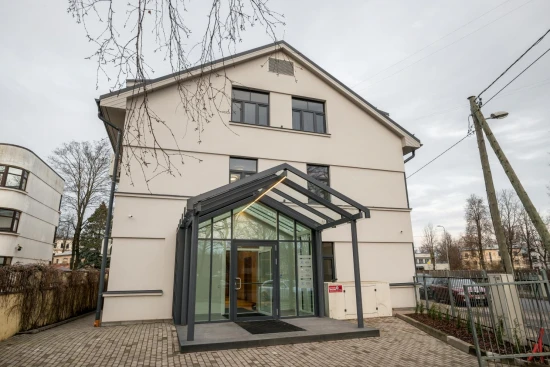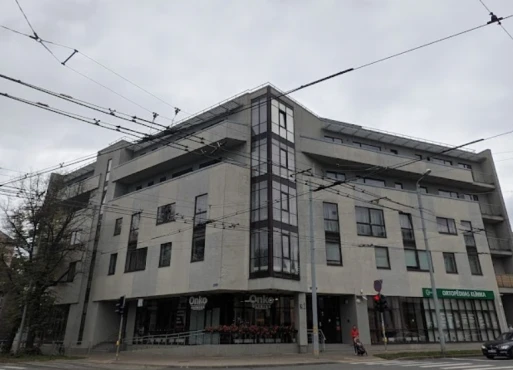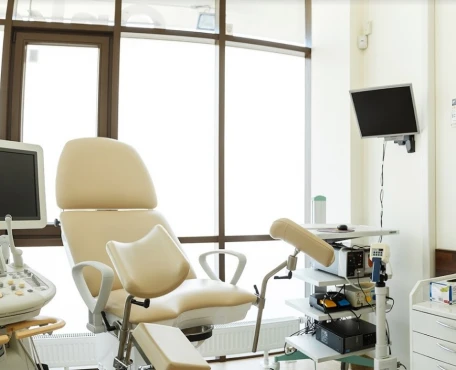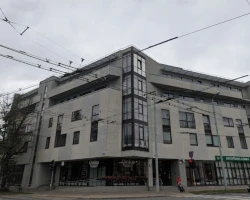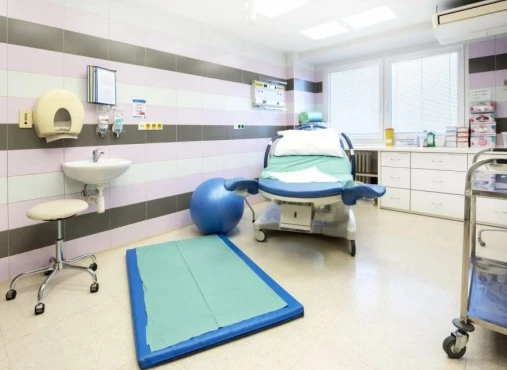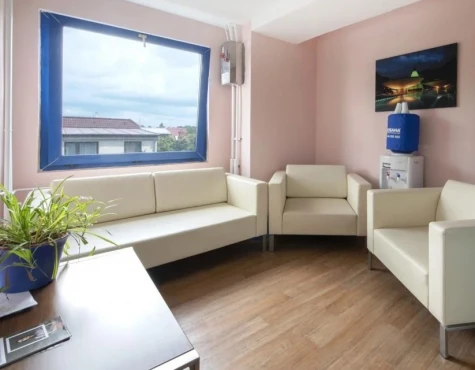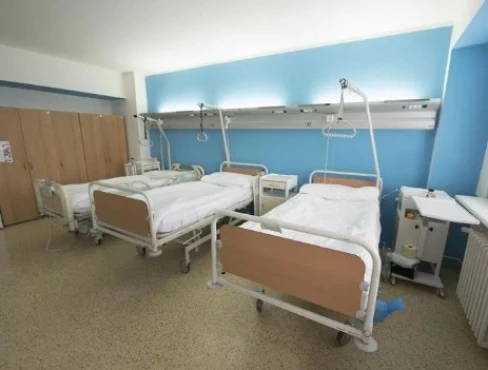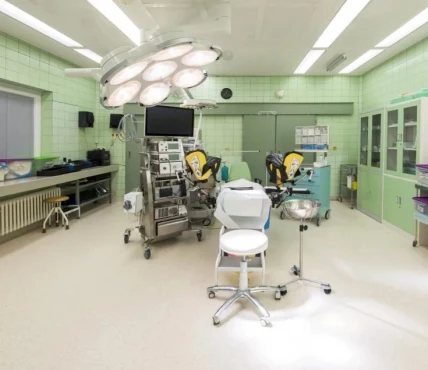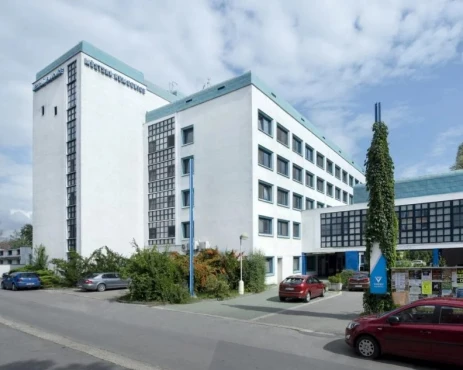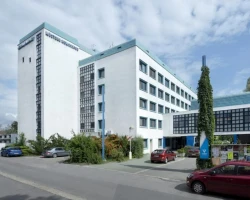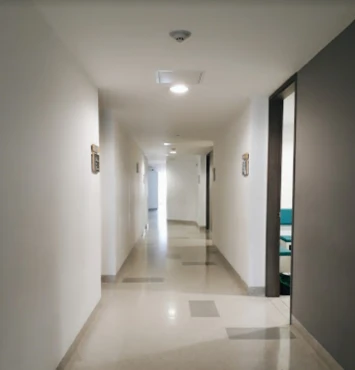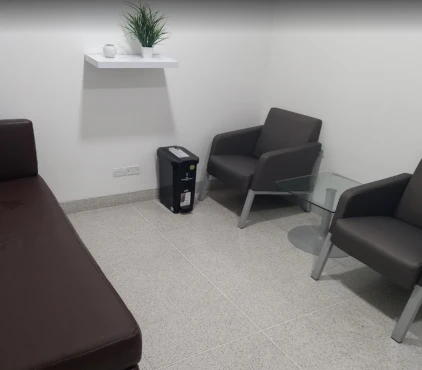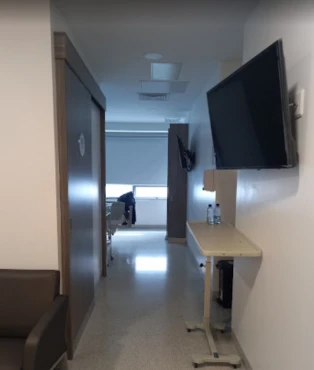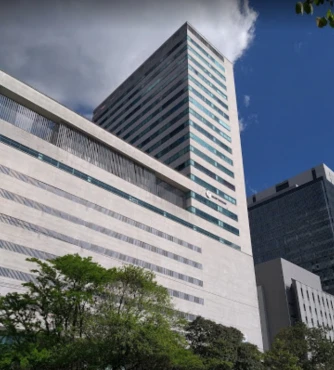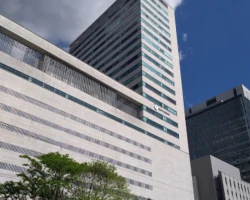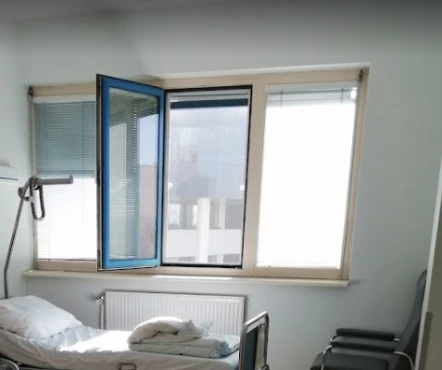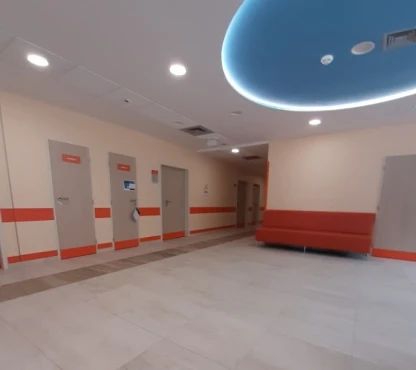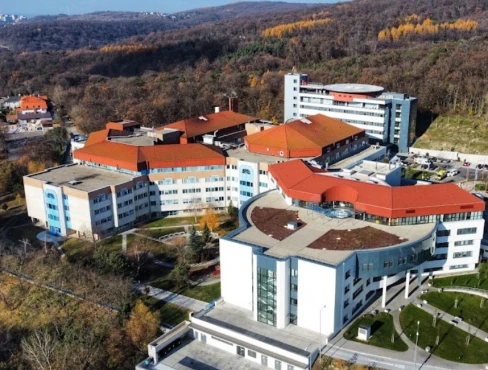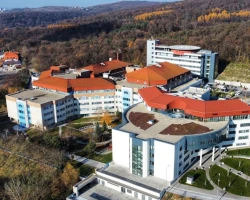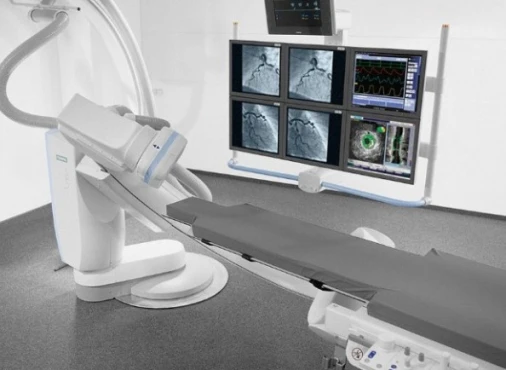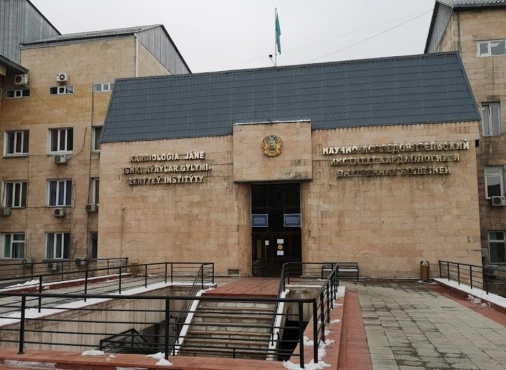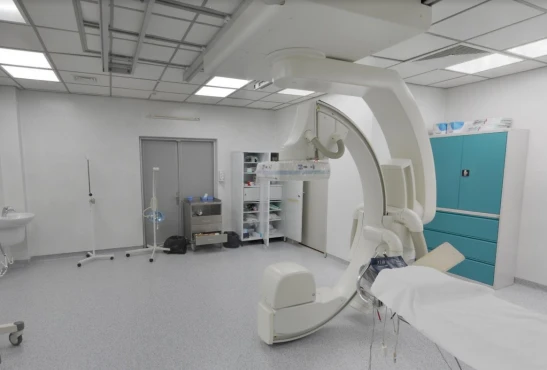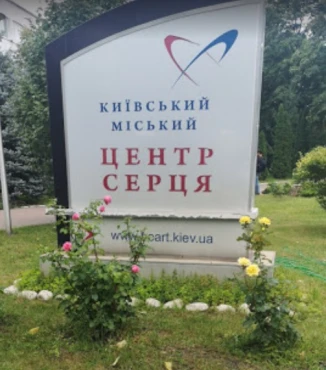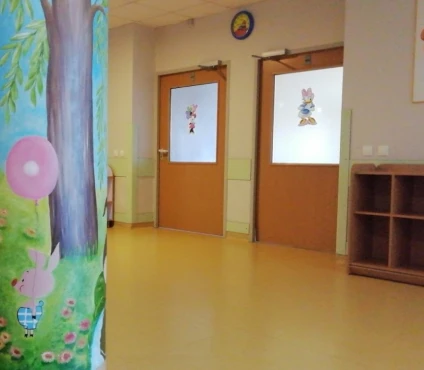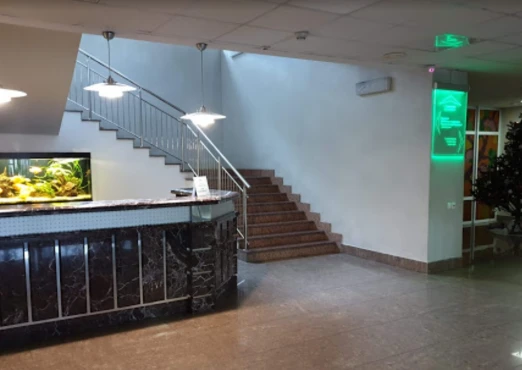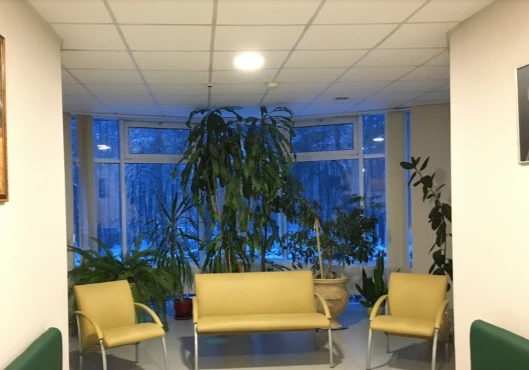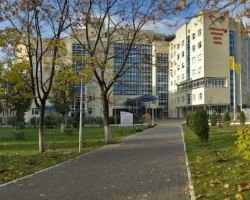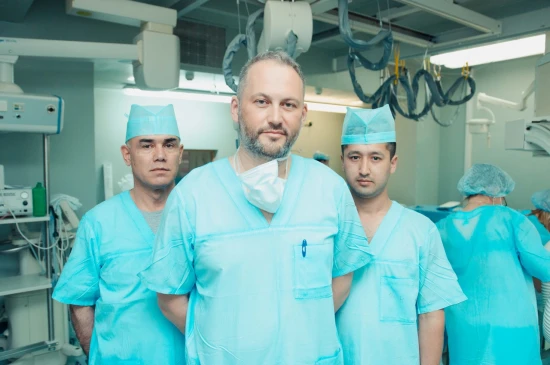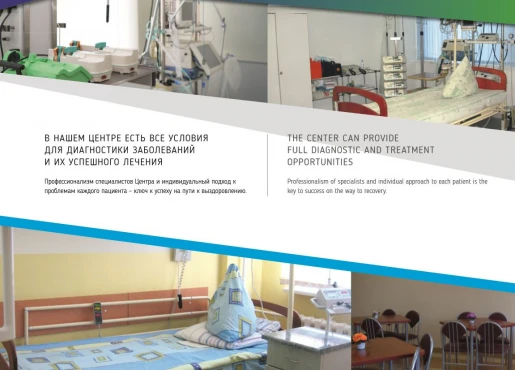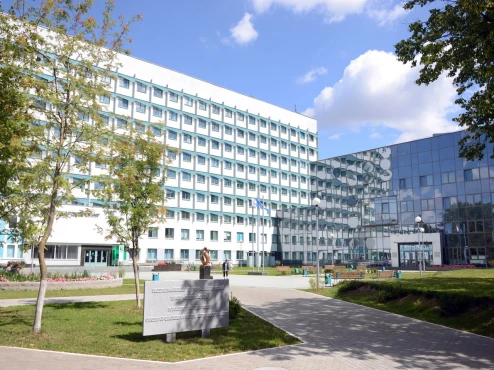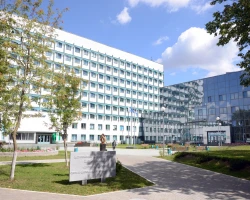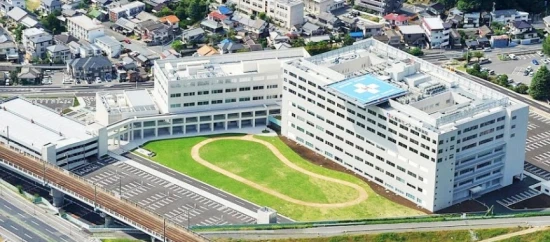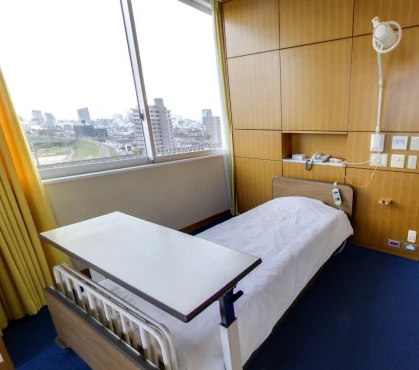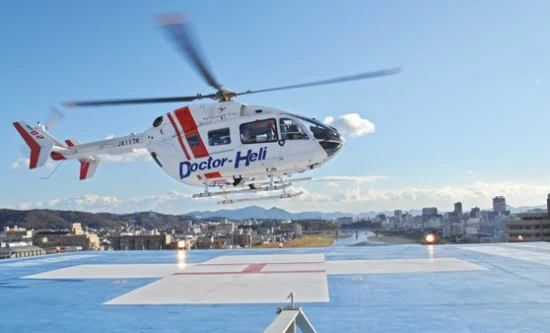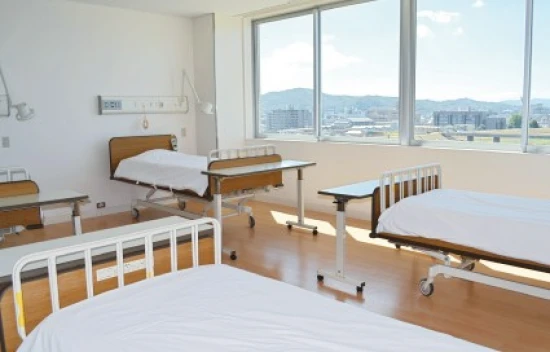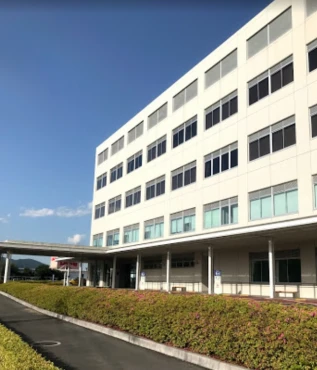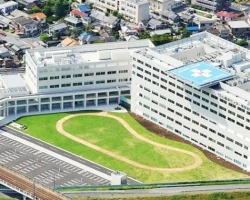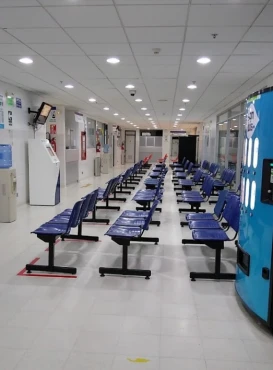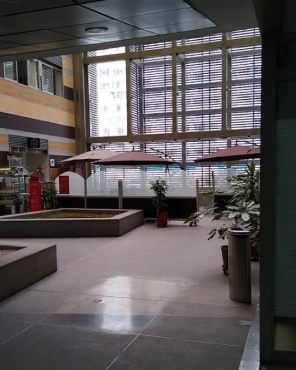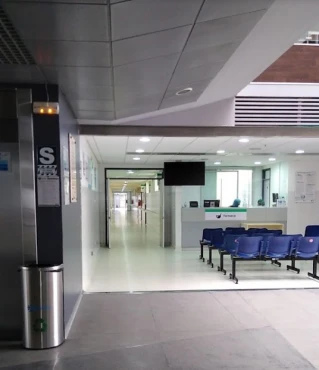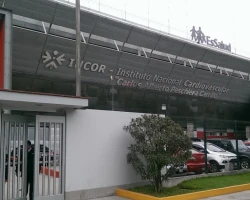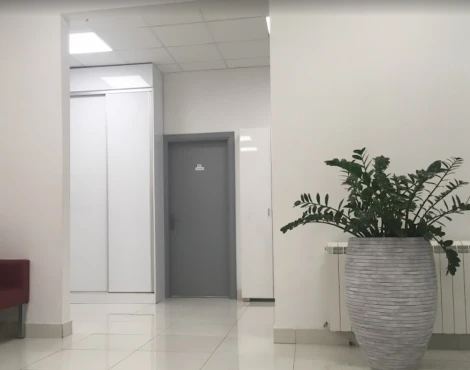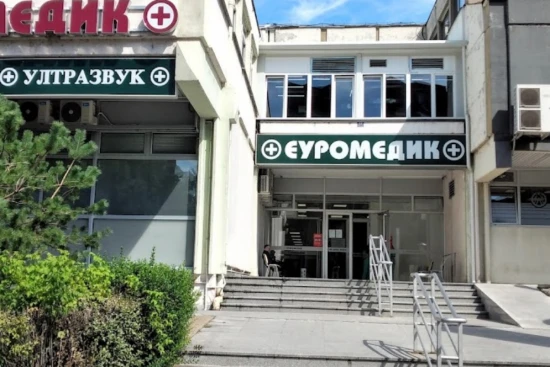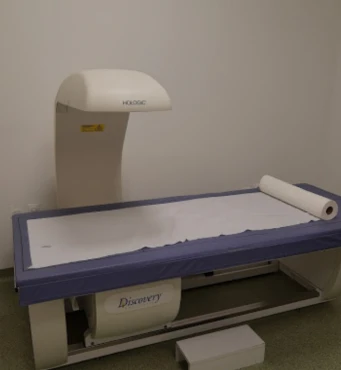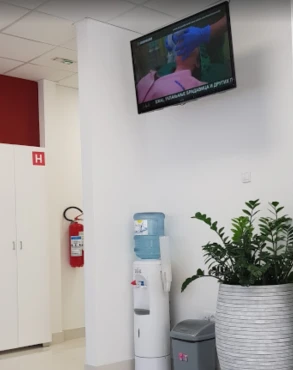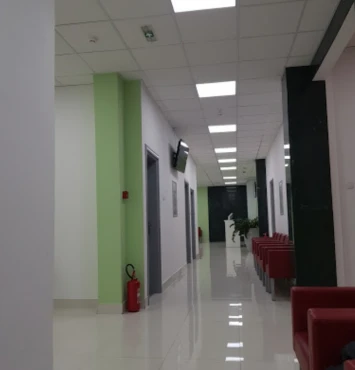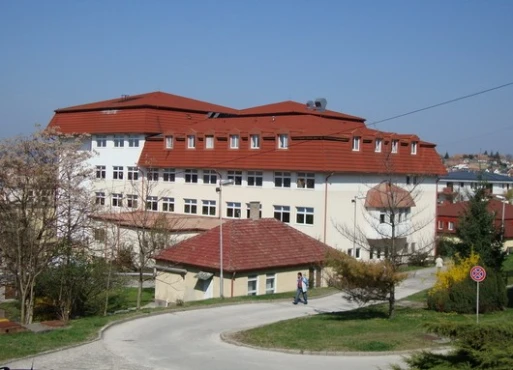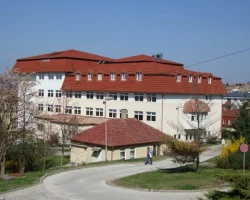Disease Types & Epidemiology
What are the uterine fibroids?
Uterine fibroids are non-cancerous growths that develop within or on the uterus. They are composed of muscle and fibrous tissues and can range significantly in size, from tiny to large masses that distort the shape of the uterus. Fibroids grow from the uterine muscle and can protrude from the inside or outside of the uterus. While fibroids are not cancerous and do not become cancerous, it can sometimes be challenging to differentiate them from rare cancerous tumors.
Fibroids are common, affecting around 80% of women during their lifetime, though not all cause noticeable symptoms. They are most often found in women of reproductive age, particularly between 30 and 50. Uterine fibroids are the most prevalent benign tumors in women of childbearing age, with an estimated 70-80% of women developing them by age 50. African American women have a higher prevalence of fibroids, tend to build them at younger ages, and experience more severe symptoms compared to women of other racial backgrounds [Nieh et al., 2024].
Causes & Risk Factors
What is the primary issue of uterine fibroids?
While the root cause of uterine fibroids remains unknown, researchers have identified several factors that can increase a woman's risk of developing them. Genetics play a role, as women with a family history of fibroids are more prone to developing them as well. Hormonal influences, particularly the female hormones estrogen and progesterone, which regulate the menstrual cycle, are believed to promote the growth of fibroids. Age is also a risk factor, with the likelihood of developing fibroids increasing as a woman ages, especially during the reproductive years. Specific racial backgrounds, such as being African American, also seem to predispose women to a higher risk of fibroids.
Additionally, being overweight or obese appears to raise the chances of developing these non-cancerous growths. Diet may also play a part, with a high intake of red meat and low consumption of green vegetables, fruits, and dairy potentially increasing fibroid risk. However, it's important to note that fibroids can occur even in the absence of these known risk factors [American Fibroid Centers, 2024].
Clinical Manifestation & Symptoms
What signs should one anticipate while suspecting uterine fibroids?
Many women with fibroids do not experience any noticeable symptoms and may only learn of their presence during a routine pelvic exam or prenatal ultrasound. However, some individuals with fibroids do suffer from very heavy or prolonged menstrual periods, as well as pelvic pressure or pain that disrupts their daily lives.
Fibroids are more likely to cause significant symptoms if they are large, numerous, or situated in specific locations within the uterus. Fibroid-related symptoms often improve when a person's menstrual periods cease.
When symptoms do occur, they can include [Mension et al., 2024]:
- Heavy, prolonged menstrual bleeding that requires frequent changing of pads or tampons.
- Pelvic discomfort or a sensation of pressure, sometimes giving a pregnant appearance even when not pregnant.
- Frequent urination and difficulty fully emptying the bladder if a fibroid is pressing on the bladder.
- Constipation if a fibroid is putting pressure on the rectum.
- Potential challenges with fertility and pregnancy if the fibroids distort the uterine cavity. However, the increased risk of miscarriage is more related to advancing age rather than the presence of fibroids.
Diagnostic Route
When, where, and how should uterine fibroids be detected?
The diagnosis of uterine fibroids typically involves a combination of the following steps:
- A pelvic exam is used to detect irregularities in the shape of the uterus.
- Ultrasound uses sound waves to create a picture of the uterus and confirm the presence of fibroids.
- MRI – Magnetic resonance imaging – provides detailed images of the size and location of fibroids.
- Hysterosonography is a saline solution injected into the uterine cavity to enhance ultrasound imaging.
- Hysteroscopy is when a small, lighted telescope is inserted into the uterus through the cervix to examine the uterine cavity.
- Laparoscopy uses a thin, lighted tube inserted through a small incision in the abdomen to view the outside of the uterus.
Treatment Approaches
What are the options for managing uterine fibroids?
There are various treatments available for uterine fibroids, including options that can help shrink the fibroids, as well as treatments that address fibroid-related issues such as heavy menstrual bleeding, pelvic pain or discomfort, and problems with fertility or pregnancy [Amoah et al., 2024].
Medications
Many therapeutic agents aim to reduce the heavy menstrual bleeding common in people with fibroids. A few also shrink the fibroid, and some focus on relieving pain or correcting anemia. Medications are often recommended before surgical treatments.
- Iron and vitamins. A healthcare provider will likely recommend a combination of iron supplements and a multivitamin if a person has anemia. If someone thinks they might have iron deficiency, they should talk to their doctor before taking any supplements. The physician can order blood tests to confirm the need for extra iron and ensure the correct dose is prescribed.
- Nonsteroidal anti-inflammatory drugs, such as ibuprofen and naproxen, can help reduce menstrual cramps and decrease menstrual flow in some cases.
- Gonadotropin-releasing hormone (GnRH) agonists and antagonists. GnRH agonists reduce estrogen and progesterone levels, causing fibroids to shrink. Common GnRH agonists include leuprolide. These medications are typically used to shrink fibroids before surgery. Studies show a significant reduction in fibroid size, but fibroids may regrow after discontinuation. GnRH antagonists are taken along with hormone therapy to limit the estrogen-reducing side effects of GnRH antagonists, like thinning of the bones or hot flashes.
- Hormonal birth control methods. The levonorgestrel-releasing intrauterine device can help relieve heavy bleeding caused by fibroids, but it does not shrink fibroids. Hormonal methods of birth control include the pill, skin patch, vaginal ring, shot, and progestin-releasing implant. It might take three months for bleeding to improve after starting hormonal birth control.
- Tranexamic acid is a non-hormonal medication that reduces menstrual bleeding by helping blood to clot. It has been shown to reduce menstrual blood loss by up to 50%.
Minimally Invasive Procedures
- Uterine artery embolization cuts off the blood supply to fibroids, causing them to shrink within weeks to several months after the treatment. It also helps decrease other fibroid symptoms, including heavy menstrual bleeding. Studies show an 85-90% improvement in symptoms with a high patient satisfaction rate.
- Radiofrequency ablation uses heat to destroy fibroid tissue, resulting in a significant reduction in fibroid volume and improvement in symptoms. There are two ultrasound-guided radiofrequency ablation methods available: one is laparoscopic, and one is transcervical. The ablation device is inserted into the fibroids using ultrasound guidance during the procedure, causing tissue destruction. Fibroids then shrink over the weeks to months following the procedure. Pregnancy is generally not recommended after this procedure, although it is possible to become pregnant.
Surgical Options
- Myomectomy involves the surgical removal of fibroids while preserving the uterus. This procedure can be performed through hysteroscopy, laparoscopy, or an open abdominal approach. Myomectomy is effective in relieving fibroid symptoms and improving fertility. However, fibroids may regrow after this procedure, and 10-25% of individuals require a second fibroid surgery.
- Hysterectomy is the complete removal of the uterus, which provides a definitive treatment for fibroids. This procedure offers complete relief from fibroid symptoms, as fibroids cannot recur after the uterus is removed.
Prognosis & Follow-up
How does cutting-edge science improve the lifespan and quality of life for those with uterine fibroids?
The prognosis for women with uterine fibroids is generally favorable, especially when properly treated. Most fibroids are non-cancerous and can be effectively managed using medications or minimally invasive procedures. Fertility can often be preserved through myomectomy, and various treatment options typically provide symptom relief.
Ongoing follow-up care is crucial to monitor for fibroid recurrence and manage any persistent symptoms. This may include regular pelvic exams every 6-12 months to assess fibroid growth and symptoms, periodic imaging tests like ultrasounds or MRIs to evaluate the size and number of fibroids, regular symptom assessment to adjust treatment as needed, and monitoring and adjustment of hormonal therapy to ensure effectiveness and minimize side effects.
